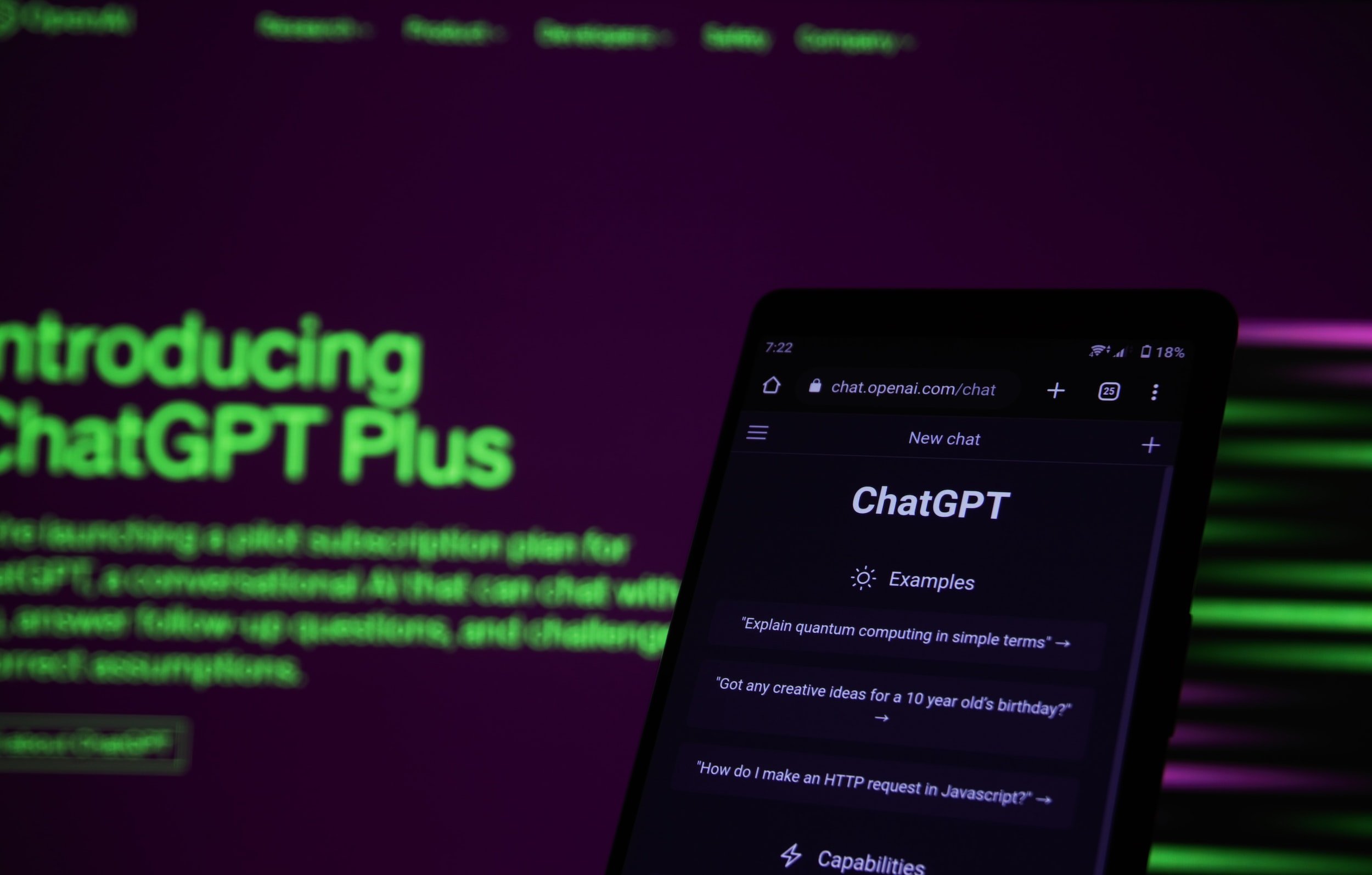ChatGPT and AI Content Creation
Introduction to ChatGPT
ChatGPT is an artificial intelligence (AI) model that has gained widespread attention recently for its ability to generate human-like responses to text prompts.
As businesses increasingly look for ways to automate their operations and provide more personalised customer service, ChatGPT has emerged as a promising tool for achieving these goals.
However, there are still many questions and misconceptions surrounding the technology, including its accuracy, potential impact on human jobs, and ethical implications. In this article, we will explore the top 10 questions people ask about ChatGPT on Google and provide detailed answers.

Top 10 questions asked about ChatGPT on Google:
-
What is ChatGPT, and how does it work?
ChatGPT is an AI language model developed by OpenAI, which stands for "Generative Pre-trained Transformer 3". It can generate human-like responses to natural language input, such as text-based conversations or written prompts. ChatGPT works by processing the input text and predicting the most probable next word or sentence using a complex neural network model that has been pre-trained on vast amounts of text data. The model can be fine-tuned to a specific domain or task, making it a versatile tool for various applications, including chatbots, customer service, and content creation.
-
Is ChatGPT an AI-powered chatbot?
ChatGPT is not a chatbot but can power chatbots or conversational agents that engage in text-based conversations with users. ChatGPT is an AI language model that generates natural language responses to given inputs. At the same time, a chatbot is an application that uses conversational interfaces to provide users with information or services. ChatGPT can be integrated with chatbot platforms or deployed as a standalone application to create more engaging and human-like informal experiences.
-
What are the advantages of using ChatGPT?
The advantages of using ChatGPT are numerous:
- It can generate human-like responses that are more engaging and personalised, leading to better user experiences.
- It can save time and resources by automating customer service, content creation, and other tasks that require human language skills.
- It can improve efficiency by handling multiple conversations simultaneously and scaling to meet demand.
- Natural language processing and sentiment analysis can provide valuable insights into user behaviour and preferences.
-
How accurate is ChatGPT in generating human-like responses?
The accuracy of ChatGPT in generating human-like responses depends on the input data's complexity and diversity and the training data's quality. ChatGPT can produce answers that are grammatically correct and semantically meaningful. Still, it may sometimes generate inappropriate or misleading responses due to its lack of common sense or domain-specific knowledge. However, recent advances in AI research have significantly improved the accuracy and robustness of language models such as ChatGPT, making them increasingly effective in generating human-like responses.
-
Can ChatGPT learn from its interactions with users?
Yes, ChatGPT can learn from its interactions with users through fine-tuning or adaptation. Fine-tuning involves retraining the language model on a specific domain or task-specific data to improve performance and accuracy. ChatGPT can also learn from a user feedback or corrections, improving its understanding and generating more accurate future responses. However, ensuring that the training data and user feedback are high quality and represent the target domain or task is essential to avoid bias or errors.
-
What are the limitations of ChatGPT?
ChatGPT, like any AI language model, has several limitations:
- It lacks common sense and real-world knowledge, which can lead to inappropriate or misleading responses in specific contexts.
- It may generate biased or discriminatory responses if the training data is partial or incomplete.
- It may struggle to understand complex or nuanced language or handle multiple languages or dialects.
- It may require significant computational resources and expertise to deploy and maintain effectively.
-
How does ChatGPT work?
ChatGPT is a neural network-based AI model that uses deep learning to generate human-like responses to text prompts. It was trained on a massive dataset of text from the internet, including books, websites, and other sources, to learn patterns in language and generate responses that make sense in the given context. When a user enters a text prompt, ChatGPT analyses it and generates a response based on the patterns it has learned from its training data.
-
How accurate is ChatGPT?
The accuracy of ChatGPT's responses depends on several factors, including the quality of the training data, the complexity of the text prompt, and the length of the generated response. Generally, ChatGPT is highly accurate and can produce answers that are difficult to distinguish from those of a human. However, there are still limitations to its accuracy, and it may occasionally generate responses that are irrelevant or nonsensical.
-
Can ChatGPT be used for customer service?
Yes, ChatGPT can work in various industries, including e-commerce, banking, and healthcare. Its ability to generate human-like responses can help businesses provide more efficient and personalised customer service while reducing the need for human agents to handle routine inquiries. However, it is essential to ensure that ChatGPT is on high-quality data specific to the industry and the types of queries it will likely receive to confirm accurate responses.
-
Can ChatGPT replace human customer service representatives?
While ChatGPT can provide an efficient and cost-effective alternative to human customer service representatives for routine queries, it is unlikely to replace them entirely. Human customer service representatives can offer empathy, emotional intelligence, and other qualities difficult for an AI model to replicate. Additionally, there may be legal or ethical considerations that require the involvement of human representatives, such as in cases where sensitive personal information is shared. However, ChatGPT can be used with human representatives to provide faster and more efficient service.
Conclusion on ChatGPT
ChatGPT is a powerful and versatile tool that has the potential to revolutionise the way we interact with technology and each other. While many unknowns surround the technology, its accuracy and potential applications are becoming increasingly apparent. As with any new technology, it is crucial to approach ChatGPT with curiosity and caution and be mindful of its use's ethical implications. With continued development and refinement, ChatGPT has the potential to improve the efficiency, personalisation, and accessibility of a wide range of industries, from customer service to healthcare to education.
